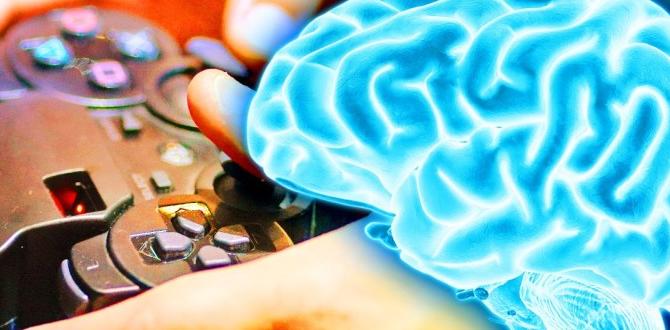Exploring the fascinating realm of merging human intelligence with technology, one question arises: can a human brain be utilized on a gaming PC? The convergence of biological neural networks with the computational power of a gaming PC opens up a world of possibilities for both scientific advancement and personal innovation. Let’s delve into the capabilities, specifications, compatibility, advantages, challenges, and ethical considerations surrounding this innovative concept.
Comparison of Human Brain and Gaming PC
Brain’s Capabilities
The human brain, with its intricate network of neurons and synapses, harbors immense processing power capable of complex tasks like critical thinking, creativity, and emotional intelligence.
Gaming PC Specifications
On the other hand, a gaming PC boasts high-speed processors, advanced graphics cards, and vast storage capacities tailored for rendering immersive gaming experiences.
Compatibility of Human Brain and Gaming PC
Input/output Interfaces
Integrating a human brain with a gaming PC would require sophisticated input interfaces to bridge the biological signals from the brain with the digital commands of the computer.
Processing Power Requirements
Aligning the processing power of the human brain with the computational capabilities of a gaming PC necessitates intricate algorithms and neural interfaces to ensure seamless compatibility.
Advantages and Challenges
Human Adaptability
The adaptability of the human brain to learn and evolve could enhance the performance and versatility of a gaming PC, opening new horizons for AI development and cognitive computing.
Technical Limitations
Despite the potential benefits, technical challenges such as latency issues, interface complexities, and system compatibility could impede the seamless integration of a human brain with a gaming PC.
Ethical and Legal Considerations
Data Protection Regulations
Ensuring the privacy and security of neural data obtained from integrating a human brain with a gaming PC raises ethical concerns regarding consent, data ownership, and protection protocols.
Ownership and Control Issues
The integration of a human brain with a gaming PC blurs the lines between human autonomy and technological control, prompting discussions on ownership rights, agency, and accountability.
Conclusion
The potential amalgamation of the human brain with a gaming PC heralds a new era of symbiotic intelligence, presenting both opportunities for innovation and challenges for ethical considerations. As we navigate this uncharted territory, the intersection of biology and technology sparks intriguing possibilities that necessitate thoughtful reflection and ethical deliberation.
FAQs
Can a human brain fully replace the processing power of a gaming PC?
While the human brain excels in cognitive abilities, the sheer processing speed and computational capacity of a gaming PC are unmatched, making a complete replacement unlikely.
What are the major technical hurdles in integrating a human brain with a gaming PC?
Technical challenges include developing reliable neural interfaces, minimizing latency issues, and ensuring seamless communication between biological and digital systems.
How can ethical concerns surrounding data privacy be addressed in the integration of a human brain with a gaming PC?
Establishing clear consent protocols, robust data encryption measures, and strict privacy regulations are crucial for safeguarding the neural data obtained from such integration.
Who would own the intellectual property rights derived from the integration of a human brain with a gaming PC?
The complex nature of intellectual property rights in such integration scenarios raises questions about ownership, control, and the equitable distribution of benefits arising from innovative developments.
What are the implications of integrating human intelligence with technology for society at large?
The fusion of human intelligence with technology carries profound implications for fields such as healthcare, education, and entertainment, shaping the future landscape of human-machine interactions and societal advancements.
